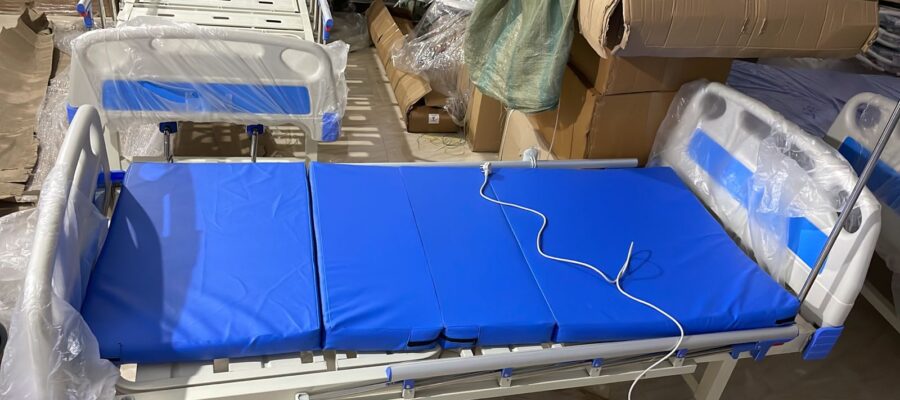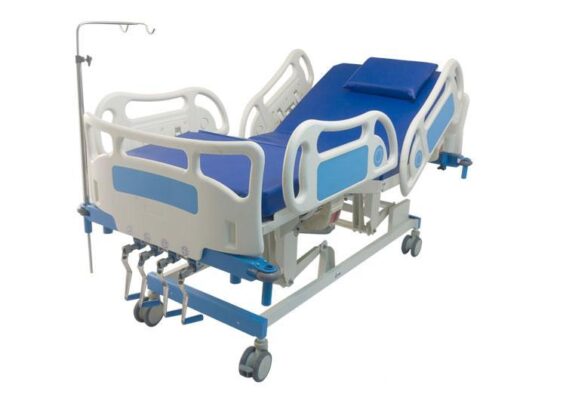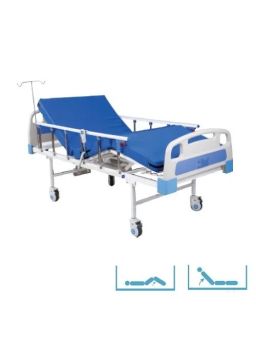
In the past, home health care has mostly referred to doctors or nurses visiting patients in the home regularly. Although this is still an applicable definition, recent advances in remote patient monitoring technology have given this term a whole new meaning. And this new meaning is revolutionizing how patients receive healthcare.
What Is Remote Patient Monitoring?
Remote patient monitoring involves using technology to monitor and record critical aspects of a patient’s health and then send it to professional healthcare providers. Some of the data measured may include weight, heart rate, blood oxygen levels, blood pressure, and glucose levels.
While telehealth is related to remote patient monitoring, they are not exactly the same. Telehealth encompasses all the ways technology is used to examine, diagnose, and treat patients, including video chats with doctors. Remote patient monitoring specifically focuses on recording patient vitals that are then sent to doctors regularly.
RPM Allows Patients To Self-Monitor
When patients are put on a remote monitoring system, they are given scales, monitors, and other tools that they will use to take their own vitals. This not only helps the doctors but also the patients themselves. As healthcare providers, their job is not only to treat their patients’ ailments; it is also to equip patients with the tools that will allow them to be good stewards of their own health. Taking these statistics themselves keeps patients aware of these vitals’ significance and more aware of how they change over time.
RPM Helps Catch Problems Earlier
In traditional healthcare models, patients come into an office once every few weeks or months. Although this is usually sufficient, a lot can change in that time. But you get regular readings of vitals every day when you utilize remote patient monitoring. What that means for you is you’re able to see the subtle changes in a patient’s health. That means that if something goes wrong, you can catch it early before the problem becomes severe.
Gives Better Access To Data
Having good access to data doesn’t only help identify when something goes wrong. Seeing these trends can also give valuable insight into how patients are responding to treatments. For instance, if a patient is started on a new medication, doctors will be able to see in real-time how their vitals respond to the medication. And if a vital responds erratically to a medication, healthcare providers can see the day and time that this occurred to help give insight as to what outside factors might have influenced this.
Remote patient monitoring means greater access to patient information and greater empowerment for your patients. With quality https://www.emergencycaresolution.com/shop/, patient care will be revolutionized.



